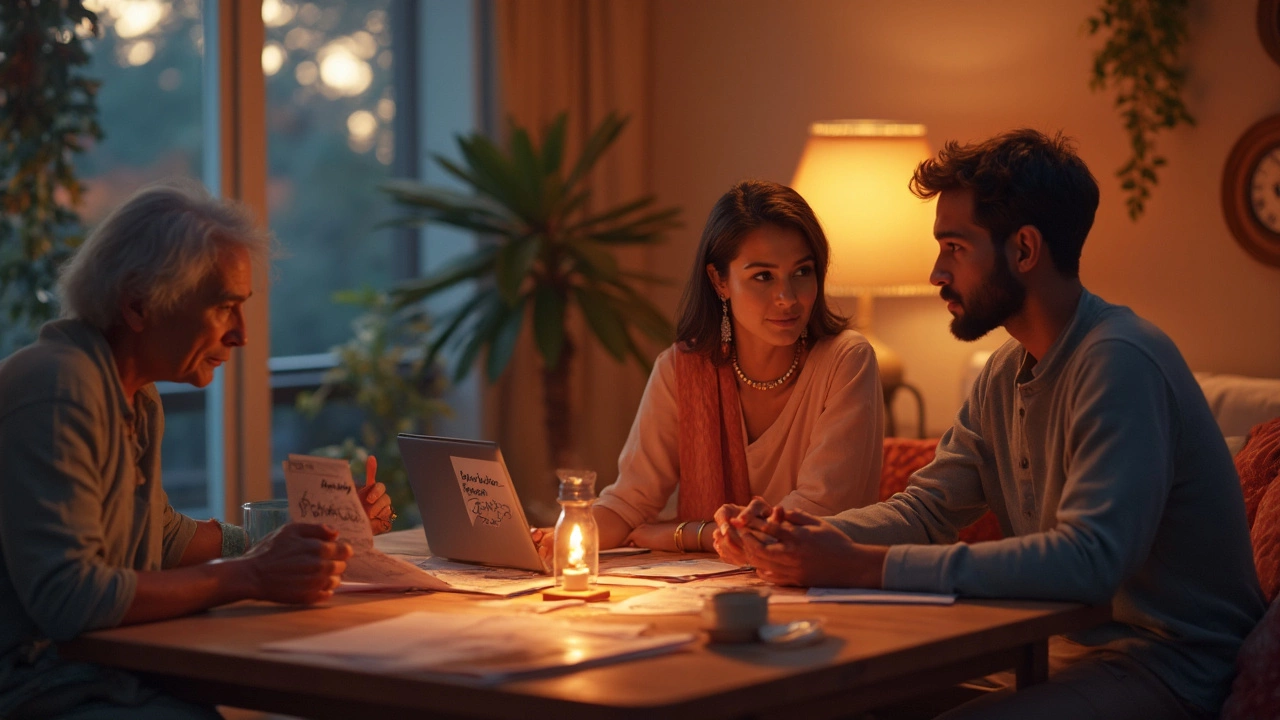SEARCH
Wedding Traditions in India: What Every Traveler Should Know
If you ever wonder why Indian weddings last days, you’re not alone. They are a blend of family, religion, and local customs that turn a simple ceremony into a lively festival. Knowing the basics helps you enjoy the colors, sounds, and food without feeling lost. Below, we break down the most common rituals you’ll see, why they matter, and how you can be a polite guest.
Pre‑wedding rituals you’ll hear about
The first thing many families do is a Roka or engagement. It’s a low‑key ceremony where both families exchange gifts and announce the union. You might see a small feast, but there’s no dress code—just be respectful and join the smiles.
Next comes the Mehndi night. The bride’s hands and feet get intricate henna designs while friends sing folk songs. If you’re invited, wear something comfortable, and don’t touch the henna directly. Bring a small gift like sweets or a decorative item; it’s a nice gesture.
Another common event is the Sagan (or Haldi) ceremony. A paste of turmeric, sandalwood, and rose water is applied to the couple for good luck. You’ll see bright yellow smiles and a lot of laughter. If you’re asked to help, just follow the lead and keep the atmosphere light.
Celebration day customs you’ll experience
The main wedding day usually starts early with the Baraat – the groom’s procession to the bride’s house. It’s a parade of music, dancing, and colorful outfits. The bride’s family greets the groom with Aarti and garlands. As a guest, stand where you’re comfortable, clap along, and keep your phone on silent; the ceremony is loud enough without extra noise.
Inside the venue, you’ll see the Jaimala – the exchange of flower garlands. This symbolizes acceptance. After that, the officiant (often a priest) leads the couple through the Seven Vows (Saat Phere). Each round around the fire has a specific meaning like health, wealth, or children. You don’t need to understand every word; just watch and feel the emotion.
Food is a huge part of the celebration. Expect a buffet of regional dishes—spicy curries, sweet desserts, and plenty of rice. Eat with your right hand if you’re using your hands, and try a little of everything. It’s polite to compliment the host; a simple “The food is wonderful” goes a long way.
Finally, many weddings end with a Bidai, where the bride leaves her parental home. It’s an emotional moment, often marked by a tearful send‑off. If you’re close to the couple, a gentle hug or a warm handshake shows support. For most guests, a respectful nod and a smile are enough.
Travelers who want to attend a wedding should ask the hosts about any dress expectations—most Indian weddings are vibrant, so bright colors are welcome. Avoid white, as it’s traditionally a mourning color. And remember, punctuality matters; arriving a little early shows respect for the schedule.By understanding these key traditions, you can enjoy the celebration without feeling out of place. Indian weddings are a burst of joy, and your genuine curiosity will be appreciated by everyone there.

Who Pays for the Honeymoon Night? Expectations, Traditions, and Real Stories
Ever wondered who actually picks up the tab for the honeymoon night? This article gets straight to the point—breaking down old traditions, modern realities, and how couples handle this cost. Learn about the shifting expectations, questions to ask before booking, and smart ways to cover expenses. Get real stories and tips for making your dream honeymoon night work for your budget. It's all about honest answers and useful advice you'll actually want before your big night.
Continue reading